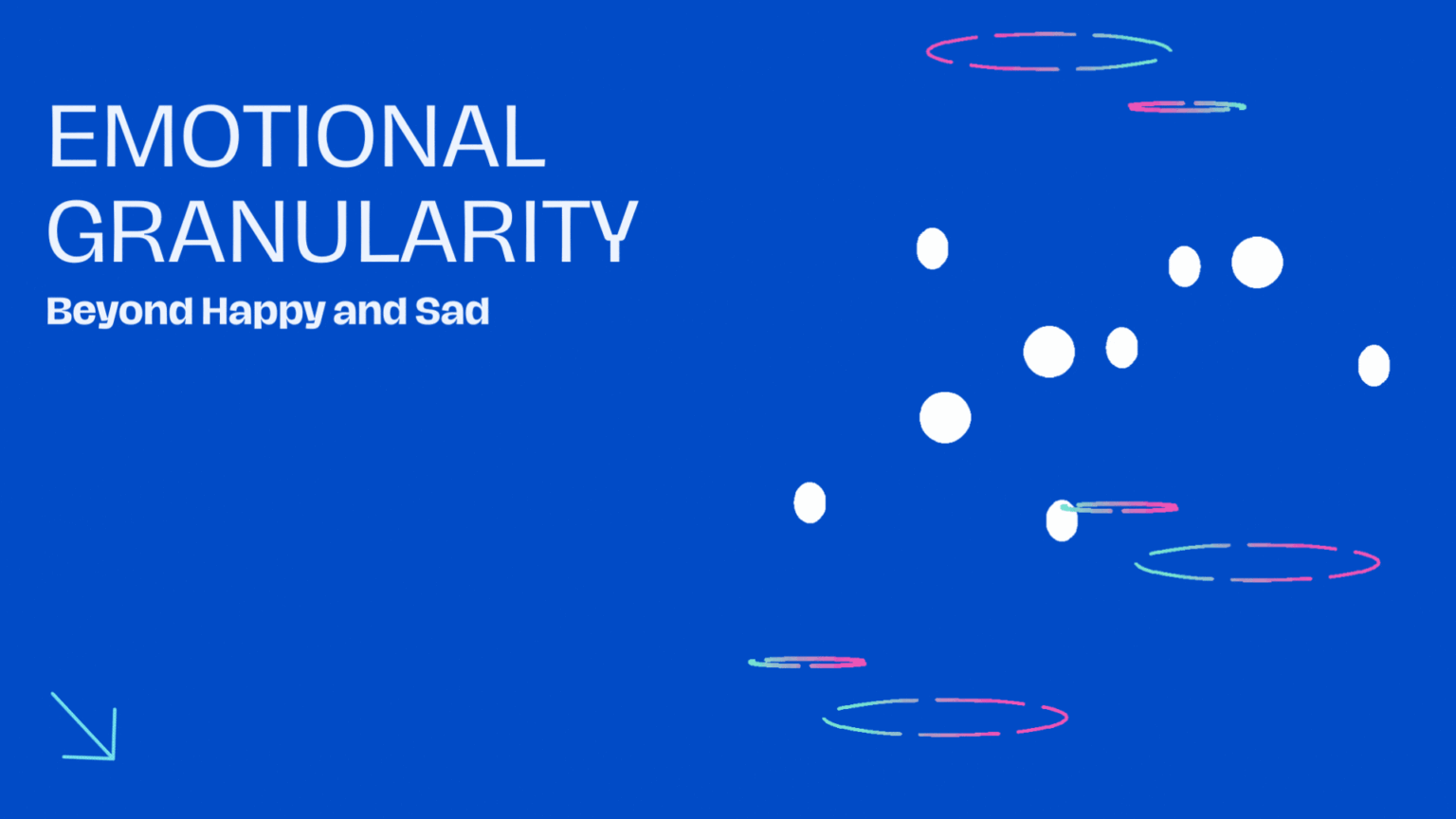Virtual Reality: The New Face of Exposure Therapy
Virtual Reality (VR) technology has expanded and revolutionized the world of healthcare, from virtual check-ups to remote surgeries. However, it is the use of VR in exposure therapy that has especially shown potential in treating anxiety disorders and specific phobias. This therapy is typically called Virtual Reality Exposure Therapy (VRET) and has become a new, immersive way for individuals to face and conquer their fears.
What is Virtual Reality Exposure Therapy (VRET)?
How does VRET work?
VRET is a type of cognitive-behavioral therapy that creates a virtual environment using hardware and software, where patients can simulate real-life situations in a controlled and safe manner. While patients immerse themselves in this virtual environment, the therapist controls the stimulus presented through the VR headset, which allows for repeated exposure to the phobia or fear. This exposure is done in a gradual and systematic way, thereby allowing patients to build resilience and manage their anxiety more effectively.
What are the benefits of VRET over traditional exposure therapy?
When compared to traditional exposure therapy, one of the significant benefits of VRET is that it creates an immersive virtual world that mimics real-life settings. The therapist can customize each situation to fit the patient’s needs, thereby making treatment more specific and tailored. Moreover, it can recreate situations that are challenging to access, such as fear of flying or heights, where exposure therapy may not be possible due to practical or logistical reasons.
What kind of anxiety disorders can VRET help with?
VRET may prove to be an effective treatment for anxiety disorders, such as Post-Traumatic Stress Disorder (PTSD), obsessive-compulsive disorder (OCD), panic disorders, and social anxiety disorders. It has been shown to help patients confront their fears in a completely new way, thereby providing them with a sense of control and confidence that helps overcome their anxiety disorder.
How Does VR-Based Therapy Work?
What is the difference between VRET and traditional exposure therapy?
The main difference between VRET and traditional exposure therapy is that VRET offers a more immersive experience for patients. Traditional exposure therapy typically uses imaginal exposure, which involves patients imagining themselves in specific situations to reduce anxiety levels. In contrast, VRET aims to create an immersive environment that closely resembles the patient’s feared situation, making treatment more effective.
What happens in a VR therapy session?
In a VR therapy session, patients use specialized hardware and software to simulate anxiety-inducing situations, such as tight spaces for individuals dealing with claustrophobia or public speaking for social anxiety disorders. Patients are then gradually exposed to the different situations in a controlled manner to manage their anxiety levels, and the therapist can provide feedback and support to manage their symptoms.
What kind of phobias can be treated with VR therapy?
VR therapy can be used to treat a variety of phobias, including fear of heights, spiders, elevators, and flying, among others. The use of VR technology is versatile and helps patients experience an immersive, controlled, and less stressful environment.
What are the Advantages of VRET?
How does VRET help patients?
VRET offers several advantages that can help patients manage their anxiety. Firstly, it provides an immersive environment that closely matches the feared situation, allowing the patient to experience it in an entirely controlled setting. Secondly, repetition in VR therapy helps patients build resilience and manage their anxiety better, making it an effective tool for long-term improvement. Thirdly, it eliminates several of the limitations that exist in traditional exposure therapy, such as access to real situations and logistical constraints.
What are the benefits of using virtual reality technology?
The use of virtual reality technology has several benefits, such as providing a safer, more controlled environment for patients to face their fears. It allows the therapist to have more control and customize each situation to the patient’s specific needs. Additionally, it can eliminate the need for patients to travel, reducing the cost and stress associated with in-person exposure therapy.
What are the limitations of traditional exposure therapy?
Traditional exposure therapy has its limitations, such as accessibility and practicality. In-person exposure therapy may not be possible for certain situations or individuals, and it may be impractical or impossible to recreate certain real-life situations. Additionally, it may not be as effective for long-term improvement as patients may not be able to maintain their progress outside of therapy sessions.
Who Can Benefit from VRET?
What kind of patients can benefit from VRET?
VRET can be beneficial for those suffering from specific phobias, anxiety disorders, and PTSD. Several clinical trials have shown the effectiveness of VRET in managing these disorders.
What clinical trials have been conducted on VRET?
Several clinical trials have been conducted on VRET, such as a study by Rothbaum in 2001 that showed VRET was an effective treatment for PTSD. Another study conducted at Emory University by Barbara Rothbaum showed that VRET may be the most effective treatment for fear of flying.
How does a clinical psychologist use VRET in treatment?
A clinical psychologist may use VRET in treatment in several ways, such as customizing each situation to fit the patient’s specific needs. They may also use VRET to simulate situations that are not practical or safe to recreate in real-life, thereby providing a safer, controlled environment for patients to manage their anxiety.
Leading Experts in VRET
Who are the leading experts in VRET research?
Several leading experts in VRET research include Dr. Barbara Rothbaum, Dr. Albert “Skip” Rizzo, and Virtually Better.
What are some of the notable studies on VRET?
Notable studies on VRET include a study by Rizzo et al. that showed VRET was effective in treating PTSD in veterans. Another study showed that VRET could help patients with social anxiety by improving their communication skills.
How is VRET being used in universities and clinics?
VRET is being used in universities and clinics as a new, groundbreaking technology for treating anxiety. Several clinics and universities have already adopted VRET and have seen significant success in treating their patients.
In conclusion, the new technology of VR is becoming an increasingly popular tool for therapists to treat anxiety and specific phobias. VRET allows patients to face their fears in a controlled and immersive way, leading to long-term improvement and better quality of life. The benefits of VRET over traditional exposure therapy are significant, making VR therapy a new and effective option for those suffering from various anxiety disorders.
Q: What is Virtual Reality Therapy?
A: Virtual Reality Therapy (VRT) is a type of therapy that uses immersive virtual reality technology to create simulated environments that help treat a range of mental health conditions.
Q: How does Virtual Reality Therapy work?
A: VRT works by exposing the patient to the feared stimuli in a controlled environment. This allows the therapist to create a unique and realistic environment that the patient can interact with and learn from. By doing this, it can help patients re-learn the way they react to certain stimuli, leading to a reduction in their anxiety or fear levels.
Q: What conditions can be treated with Virtual Reality Therapy?
A: VRT has been found to be effective for a range of mental health conditions including phobias, post-traumatic stress disorder (PTSD), anxieties, and other conditions associated with anxiety-based disorders.
Q: What is the difference between traditional exposure therapy and VR exposure therapy?
A: Traditional exposure therapy typically involves a therapist gradually exposing a patient to their fears or phobias. VR exposure therapy, on the other hand, uses virtual reality technology to create a simulated environment that allows patients to confront their fears in a controlled and safe environment. Research has shown that VR exposure therapy can be as effective as traditional exposure therapy, and can often be more efficient.
Q: What are the benefits of VRT over traditional exposure therapy?
A: There are several benefits of VRT over traditional exposure therapy. VRT provides a safe, controlled, and repeatable environment for patients to confront their fears. It can be delivered in a shorter timeframe than traditional therapy, and patients can confront fears they may not have access to or are unsafe to confront in traditional therapy settings.
Q: What is the role of clinical psychologists in VRT?
A: Clinical psychologists are trained professionals who can use virtual reality to deliver therapy. These professionals are responsible for monitoring and guiding patients through treatment. They may also be responsible for designing or modifying virtual reality environments or programs to suit individual patient needs.
Q: What happens during a VRT session?
A: During a VRT session, patients put on a virtual reality headset and interact with a simulated environment that is controlled by a therapist. The therapist controls the pace and complexity of the simulated environment to guide the patient through an exposure therapy program.
Q: How effective is VRT?
A: Research suggests that VRT can be highly effective for treating anxiety-based disorders, including phobias and PTSD. In some cases, VRT may be as effective as traditional exposure therapy, or more effective in certain situations.
Q: What equipment is needed for VRT sessions?
A: VRT requires specialized hardware, including a high-end computer, VR headset, and specialized software designed for therapy programs.
Q: What is virtual Iraq?
A: Virtual Iraq is a virtual reality simulation used in exposure therapy to help veterans with post-traumatic stress disorder (PTSD). It consists of a series of simulated environments that recreate combat scenarios to help patients confront and cope with their PTSD symptoms.










